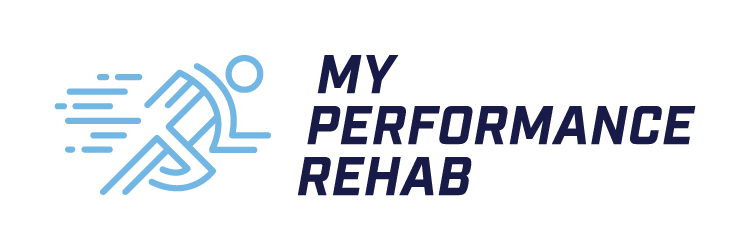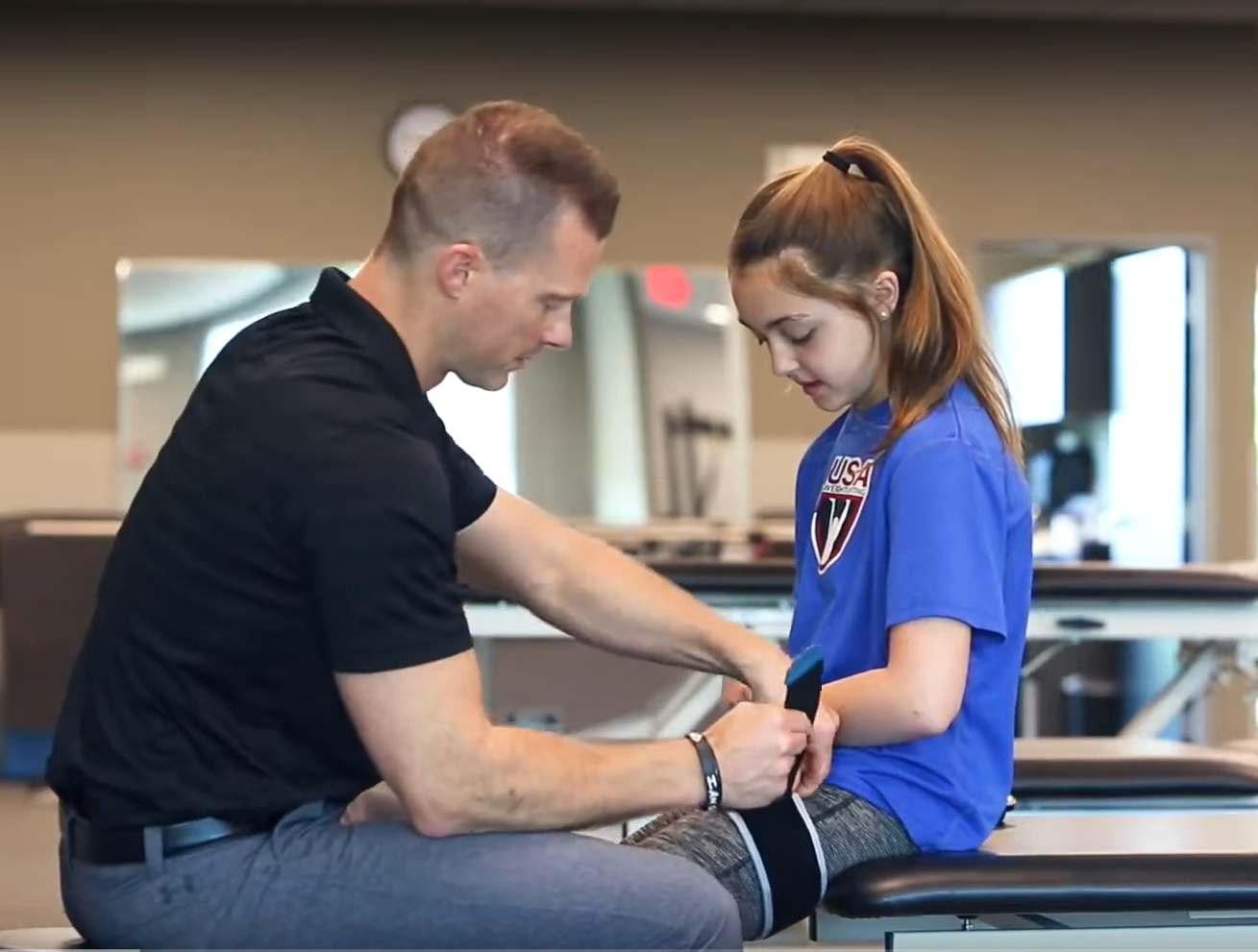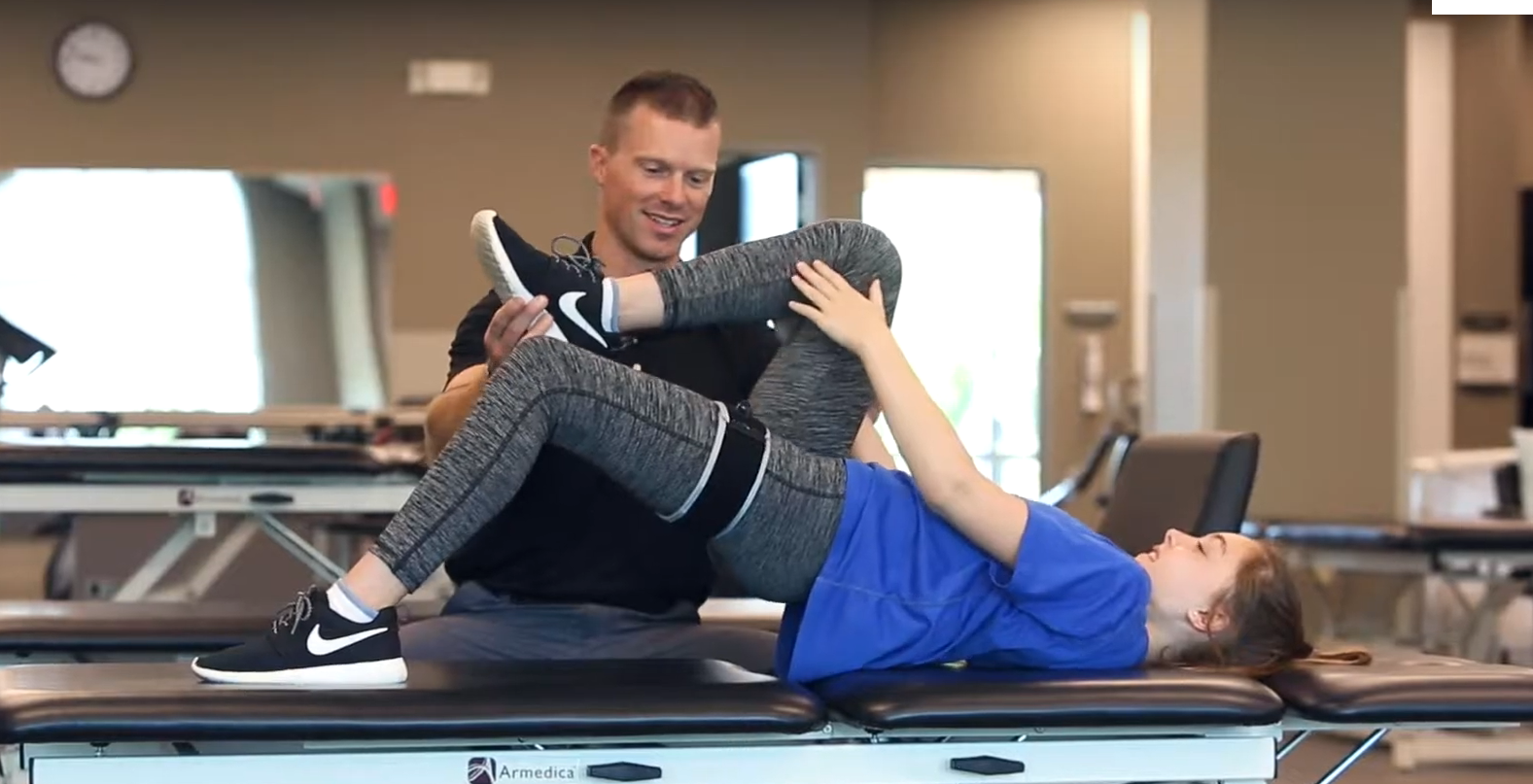Move Better. Feel Better. Perform Better.
PERFORMANCE
For the active individual looking to prevent injury, stay healthy or even perform better.
My Performance Rehab has training, education, and resources available to enhance your success.
Sports
As a former Division I baseball player with over a decade of professional experience in athlete rehab, return to sport management & treatment, Joel has developed a number of resources for athletes.
Access Here
Fitness
Bringing you exercises and strategies that help to transition from rehab to fitness. Putting fitness solutions on a shaky foundation won't work - this is where MPR can help you solve that dilemma and get you back to what you love.
Wellness
My Performance Rehab has opportunities to help you with your overall health & wellness needs...
Top Questions Asked by Athletes (and Sometimes Their Parents)
How do I know if I am ready to return to my sport safely?
- This is BY FAR the top question I attempt to address as a Sports Medicine & Orthopedic Physical Therapist. The short answer is that it depends on the individual and a number of other circumstances. That said, there are several key elements that should CONSISTENTLY be addressed. Also, playing sports has an inherent risk and all injury cannot be avoided; however, we should seek to minimize injury risk whenever possible.
Obviously, adequate + symmetrical motion and strength would be mostly ideal to re-establish in a previously injured area. It is also very important to OBJECTIVELY test the involved area of the body and compare it to the uninvolved side. A person's overall readiness to return to activity and sport conditioning requires this objective functional symmetry & motor control in order to allow both the individual to be aware of any persisting deficit(s). The intent is for all involved in the decision-making for return to sport readiness to be adequately informed of the pt's ability levels + the area(s) of need to continue their focus with any necessary ongoing rehab. Again, the overall goal is symmetry and ability to demonstrate functional abilities without limitation/compensation, as well as attempting to gain information that is reflective of an athlete's true abilities.
What are the criteria you use to make determinations about return to activities?
-
Most published research supports the concept that the greater the overall symmetry, the greater reduction is risk. This makes sense in that greater symmetry allows the athlete to be better with their functionality, efficiency, performance, and of course reduction of injury/re-injury risk, statistically speaking. This will help guide understanding of current status and power progression needed with ongoing rehab or training. The ability to even tolerate the amount of force, propulsion, and motor control to even be tested without moments of pain or instability is encouraging and should be used as a guide in and of itself to allow graded training and greater capacity.
- How can I get back into "shape" for my sport?
-
When considering resuming training it is all about gradually "loading" your system and doing so in a chronic manner. By that I mean not acutely (or quickly) resuming tasks. There is a large need to ease back into sport work (even moreso if you have been out for a prolonged period of time)...ideally, you should not go full intensity or full participation immediately. Rather, you should do lead ups with increasing intensity and allowing for a recovery phase, too. One generic example would be to go back to something like, 50% intensity, 50% of the repetitions...typically, you would also want to increase the volume prior to increasing intensity.
If the Demand > Capacity (meaning you are asking your body to do more than it is capable of or ready for) the greater the risk of injury/re-injury.
Also, with most situations one of the biggest hurdles an athlete may have to get over is the need to have an open & honest discussion with coach(es). That you are returning from an injury and need to put in the work...but may require greater rest, recovery or intensity variations as pain allows.
- Remember, you are starting with return to training for sport in preparation for competition, but you are not yet ready for competition intensities (or the full training of these demands yet). Build up capacity and keep the injury risk low!
What about special circumstances where you just don't have time to work back in gradually?
-
-
Senior year. State championship. Last game of the season. Whatever the circumstance. This advice applies:
-
First, I genuinely like to take my own opinion out of the equation. It should be based on how you actually perform. Returning to sport demands is loaded with high variability...including potentially the amount of contact, field conditions, weather, volume, intensity, position played, etc. No one can adequately predict or prevent injury unequivocally. That said, most of the best existing evidence (as well as conventional wisdom) suggests returning an injured limb to as much symmetry as possible with the un-injured limb would be ideal and one of the greatest indicators of healing and readiness to accept the demands of higher level activities and sport. As stated earlier, even the ability to complete objective all testing without increased pain and demonstrating good technique shows positive indications to withstand the forces of relatively arduous testing; however, if you still do not have ideal numbers of symmetry, you should be aware of this and understand that the tissues may still be injured and working to heal/repair - that is just how Biology works. It is not on your time table. With time and effort with ongoing rehab, gains can continue to be made.
-
So, I will consistently give my athletes the "Psychological Readiness Return to Sport Scale" where certain scores can give insight into is an "athlete is psychologically ready to return to sports." Lower scores have been well researched and support the suggestion that the athlete may not be ready psychologically to return to sports and needs more time to recover."
The understanding, as described by therapist and has been echoed above in the dialogue above, is that if the pt creates a demand that is > their capacity to handle those demands, they are at increased injury risk.
If an athlete and coaching staff are able to commit to a limited role that allows the athlete to participate at a minimized risk scenario, as well as control the modifiable risk factors (like volume and fatigue), it is reasonable for the athlete to participate in that limited role if pain is down, objective scores are reasonable + improving, and his/her mental & psychological readiness are appropriate. All of these factors have to be taken into consideration and the athlete should be of full understanding that his/her return risk is continues to lessen as he/she continues to improve...but that until he/she demonstrates full symmetry and has trained to chronically to withstand acute forces, he/she remains at somewhat of an increased risk.
-




